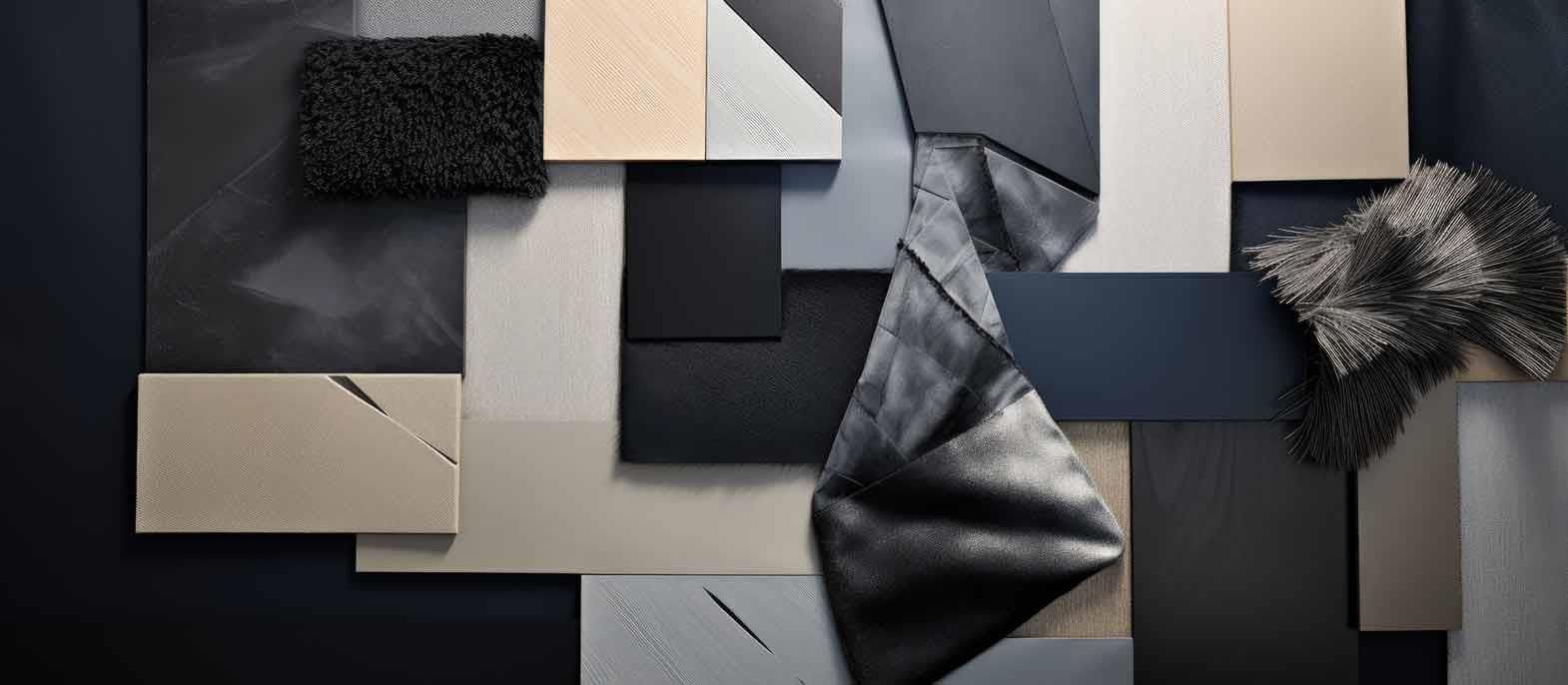The photograph above is of small selection of ceramic pieces that anyone can pick up and collect. They can usually be found readily as they are often used as filler for paths, track ways, etc., and even can be found in gardens. The selection shown in the photo that illustrates this article were picked up over a period of a few weeks from pathways that have recently been laid through a small nature reserve.
The collection is made up of shards of ceramic tiles, pots, cups, saucers, and plates and come from a range of eras stretching across the twentieth century. Interestingly, for a century that has been so closely identified with Modernism, the twentieth is just as much awash with decoration and pattern work as any other century, perhaps even more so. This gives the distinct impression that despite the concerted effort to relegate decoration to the used bin of history, it saw no real threat and maintained its strong position, particularly on the domestic front.
Although advertising, fashion, and marketing can often influence the buying public to a certain extent, the human penchant for various long-term factors is often seen as stubbornly active, even reactionary. The human need for decoration is one of the oldest, and whether subtle or bright, small or large-scale, domestic or public, it seems always to be with us.
It is hard to know when decoration first intrigued humans, probably as far back as we would like to imagine, if not further. We could suppose that early humans might well have seen color and line in the natural landscape that surrounded their everyday lives. They may well have also seen pattern and connection in the way that they and other species interacted within the living world. To understand and observe color, line, interconnection, and pattern, and then transpose those disparate elements into human decoration, is the moment when human artistic creativity begins.
The pretence of the modern and the contemporary is that we live in a world with no real connection with the past. This is both a bewildering and ultimately selfish concept. To deny our human past is to sheer ourselves away from our ancestry, from the long line of connection, one that sees a continuous pathway between every succeeding generation of our species, the lessons learned and the ideas developed. To pretend none of this exists or is inconsequential is staggeringly blinkered. We are after all, only one point in this continuation, one link in the long line of humanity. Many generations are yet to be born, and many will depend on us to manage and maintain the continuation of our history as a species. To deny them the connection with those links because of our passing flirtation with modernist ideology seems somewhat self-centered to say the least.
Much of human decoration has to do with personal taste and choice. One individual chooses a cup with bright yellow flowers; another chooses flowers that are pink or purple. No two humans really see the same pattern; there are so many elements to personal taste. These can entail such diverse aspects as personal memory, structure of the optic nerve, cultural traditions and many more. The point being that decoration allows individuals to be individuals. The more decorative choice, the more individuality is expressed. If we are only allowed to purchase items in black, grey or white, then we have difficulty in outwardly expressing our individuality, our personality of tastes, we are denied an important aspect of who we are. Of course, there are elements within the design world, its designers, and influencers that would be more than happy for us to all use one form of phone in one color for example. There are ideological reasons for uniformity, but it is an ideology that has more troublesome aspects that bleed into forms of totalitarianism, and denial of expression.
An interesting point that perhaps makes us aware of both the human long-term attachment to decoration and its link with individual taste, is that if technology is offered to us with a limited color palette and certainly no colored pattern work, say a mobile phone or e-Reader, then many of us will end up buying highly decorated sleeves to cover the painful lack of decoration and pattern. You can offer humanity the modernist ideal of paired down, unfussy, and deliberate non-cooperation with secondary decoration, and they will cover it with bright daisies on a pink background.
As long as we continue to energize our lives with outward expressions of individuality through the manipulation and personal customization of Modernist single-color mass production, then we stay connected, however tenuously, with one of the major themes of human life and culture, the outward expression of the colorful, vibrant world in which we live, through the endless creative variety of our own human decorative pattern work.
This article was originally published in the Design, Decoration and Craft at the Textile Blog.








Comments